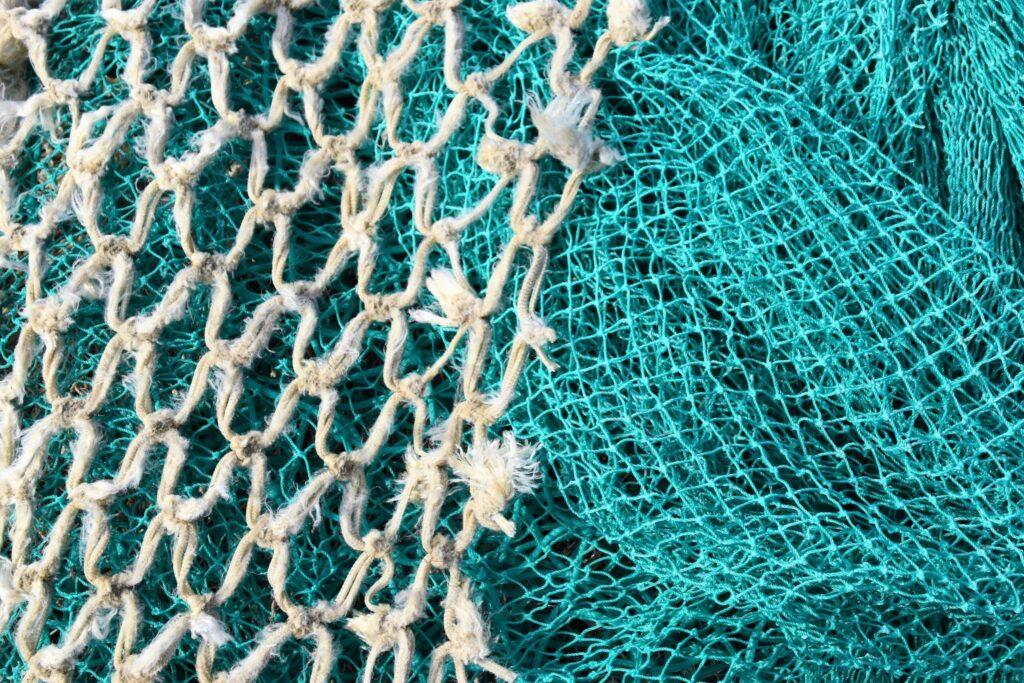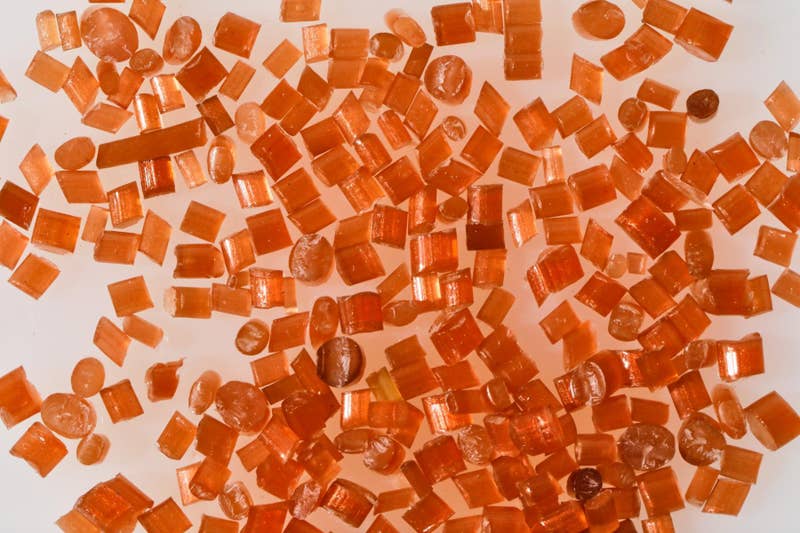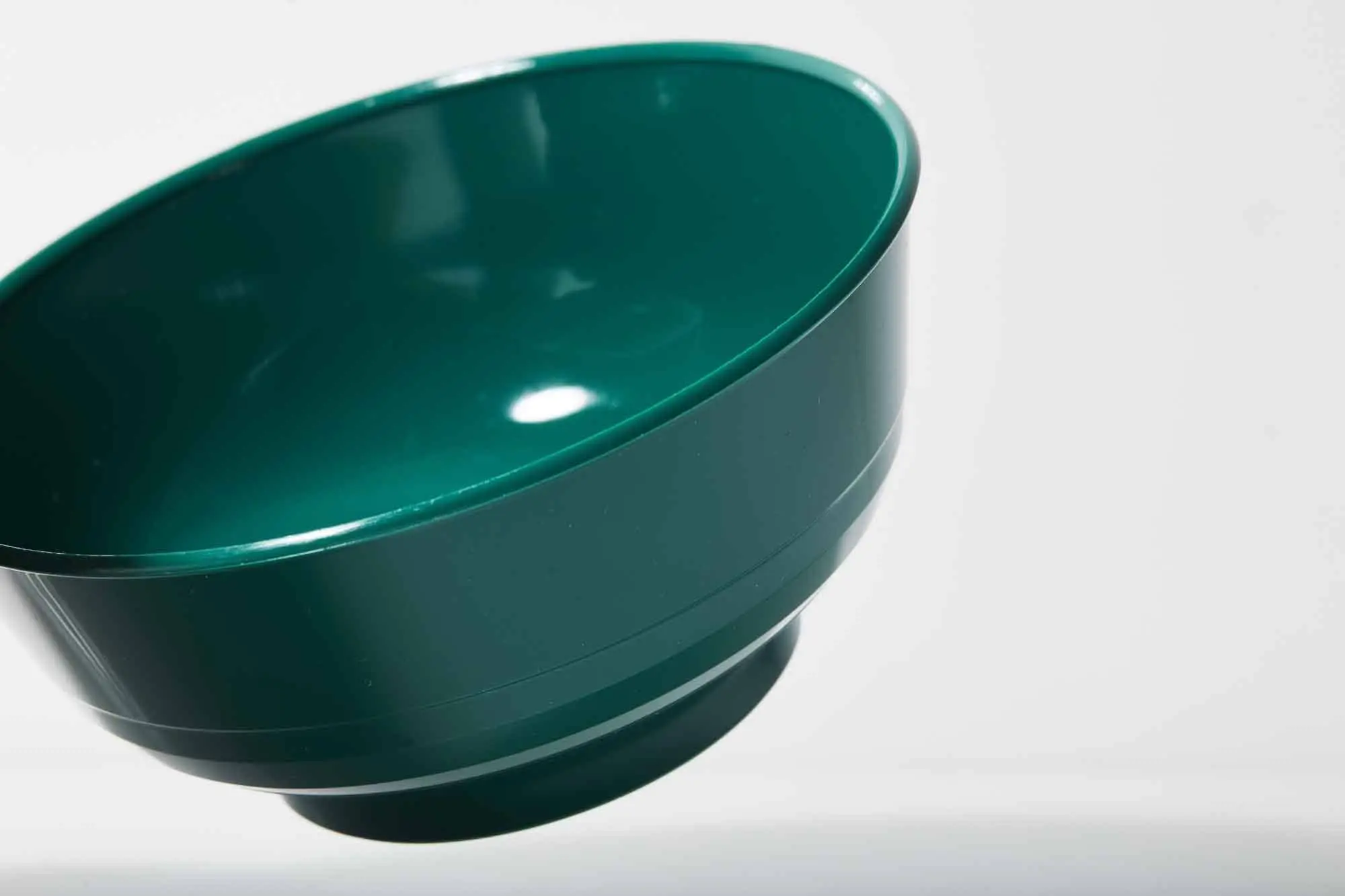
Materials for Ocean Safety: A Focus on Pollution Prevention and Ecosystem Restoration
The ocean is one of the most critical ecosystems on Earth, yet it faces unprecedented threats from pollution, particularly plastic waste. Understanding the different types of plastic pollution and the materials that can help mitigate or reverse its impact is essential for protecting marine environments. This article explores the distinction between ocean-bound plastics, plastics recovered from marine equipment, and alternative materials that reduce microplastic release, as well as those material strategies that can aid in ecosystem restoration.
Ocean-Bound Plastics: Before It Reaches the Waters
Ocean-bound plastics refer to plastics that have already been discarded or improperly disposed of on land but have not yet reached the ocean, typically within 50 km from the coastline. These plastics can enter waterways through landfills, river discharge, or stormwater runoff. They often include items like plastic bags, bottles, and packaging materials that are not properly managed. Once these plastics reach water bodies, they can be carried by currents into the ocean, where they contribute to marine pollution.
Many companies nowadays have established networks of cooperation for the collection of these materials, which can still be recycled and transformed to generate new value. Through the creation of collection activities, sorting facilities, and leveraging international expertise, they have been able to manufacture new products such as yarns for textiles, pellets for industrial production of consumer goods, as well as for 3D printing.
Plastics Recovered from Discarded Marine Equipment
Plastics recovered from discarded marine equipment, such as fishing nets, ropes, and buoys, are typically found in the ocean or on shores after being lost or abandoned. These plastics are often made from high-density polyethylene (HDPE) or polypropylene (PP) as well as Nylon, and are part of the marine debris that accumulates in coastal areas and open waters. As these plastics are designed to be long-lasting, they can still retain high value if properly collected and cleaned. Some examples of fishing gear recovery programs are initiatives like Behaviour Change Cornwall and The Ocean Cleanup .

Materials That Substitute for Plastics and Avoid Microplastics
Microplastics are tiny plastic particles, often less than 5 mm in size, that can originate from the breakdown of larger plastics or from the release of microplastic additives, extensively used in consumer products. To reduce microplastic pollution, alternative materials are being developed and adopted in various industries.
Microcellulose is one such material that is gaining attention as a sustainable substitute for plastic-based additives in cosmetics and other products. Microcellulose is derived from plant fibers, such as wood pulp, and is biodegradable and non-toxic. It can be used as a natural alternative to microplastics in products like cosmetic formulations (as a thickening agent or filler), in personal care products, as a substitute for microplastic scrubbers, and even in industrial applications, as filler in biodegradable packaging or pigment.
Materials That Aid in Ecosystem Restoration
Restoring marine ecosystems requires not only reducing pollution but also actively repairing damaged habitats. Several materials and technologies are being used to help restore marine environments. Among these, we can consider biochar, a carbon-rich material derived from organic waste, which is used to improve soil quality in coastal areas, supporting the growth of marine plants and reducing erosion. It has demonstrated advantages in coastal wetland remediation and management.
Another option is the use of biodegradable 3D-printed materials to create artificial reefs and habitat structures for marine organisms. These structures are designed to degrade over time, allowing natural ecosystems to take over.
The ocean’s health is inextricably linked to the materials we use and discard. While there are opportunities to reduce their impact through better waste management, recovery initiatives, and the adoption of sustainable alternatives, newly developed materials like micro- and nano-cellulose and biodegradable polymers offer promising solutions to reduce microplastic pollution.

To delve deeper into the topic of alternative plastics, Materially has developed the Better Plastics report, which will be available from September on our shop and which will delve into various topics relating to circular plastics, from bio-based content to compostable plastics, from emerging feedstocks to PIR and PCR materials. To know more or book your report, write to us.


